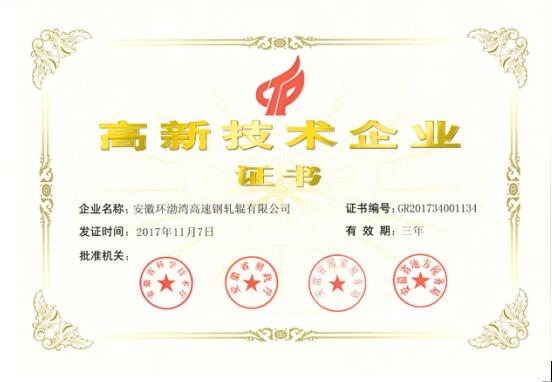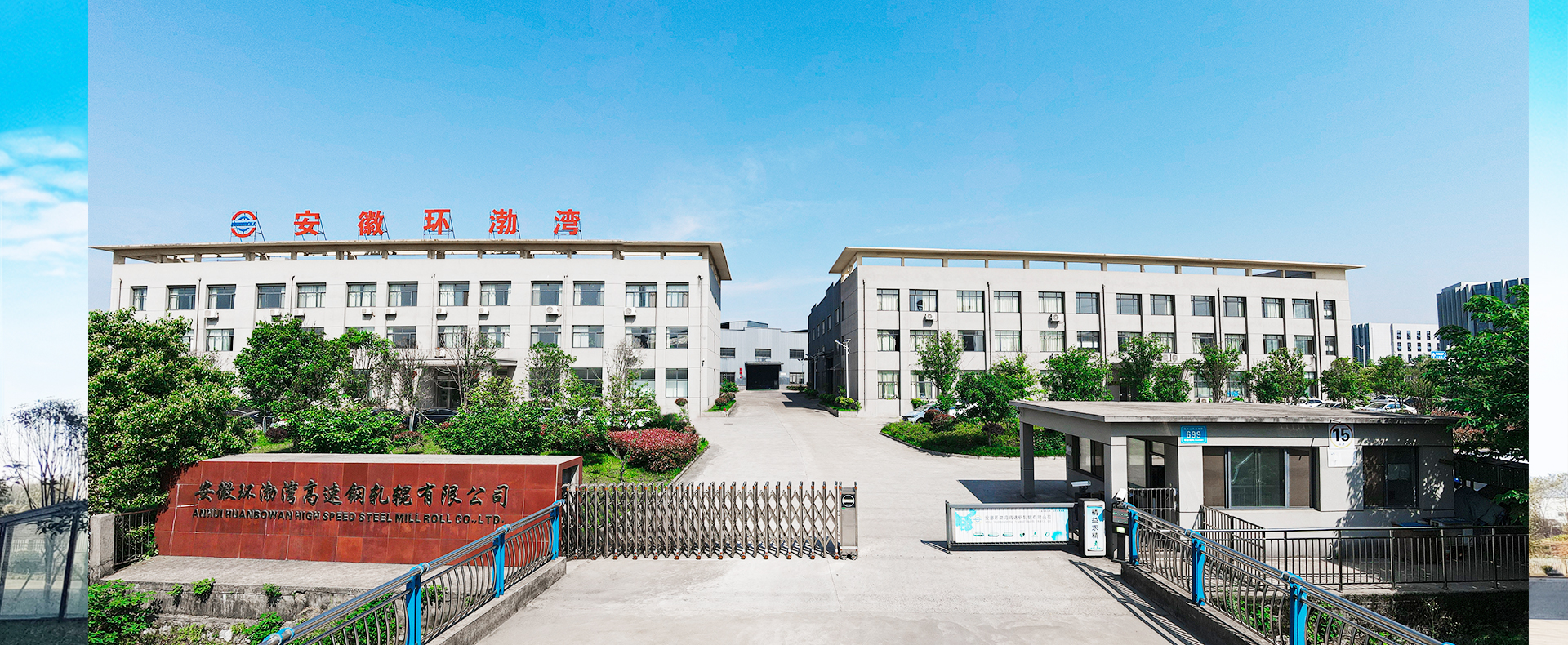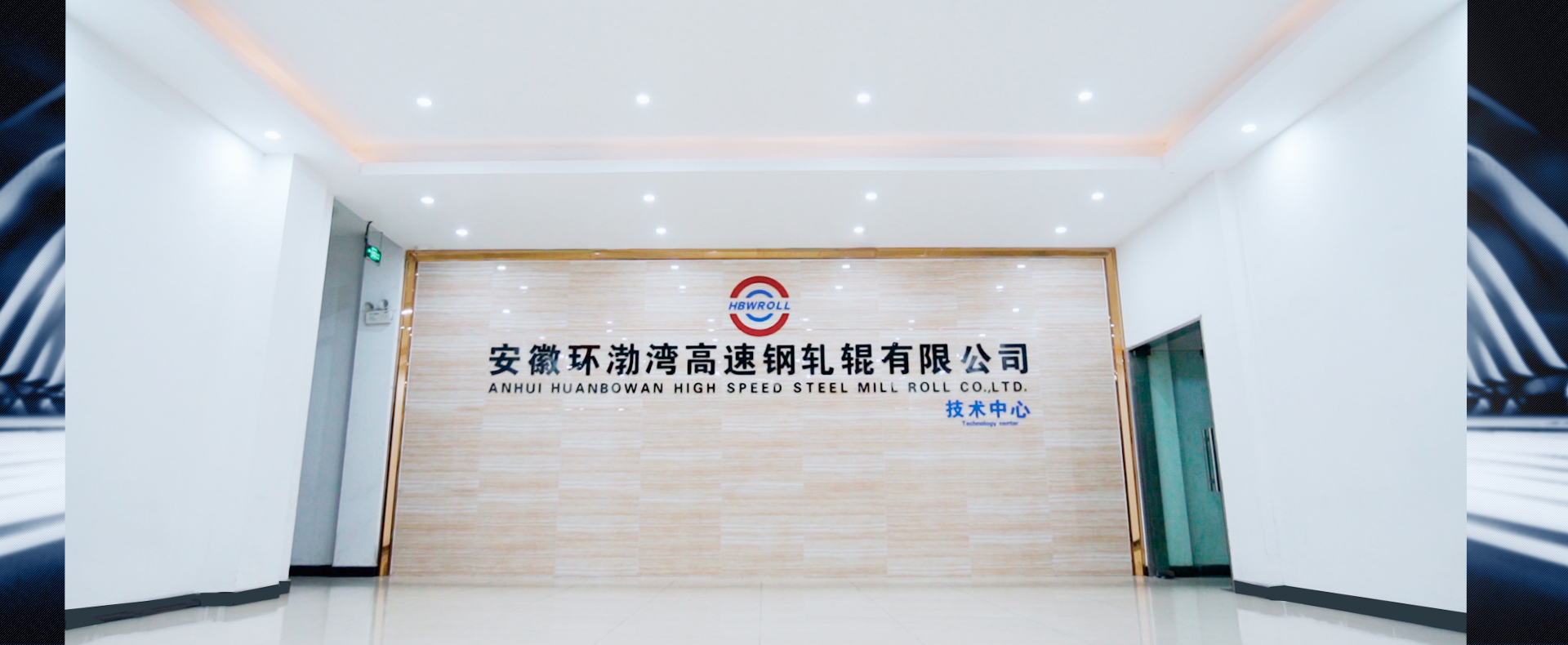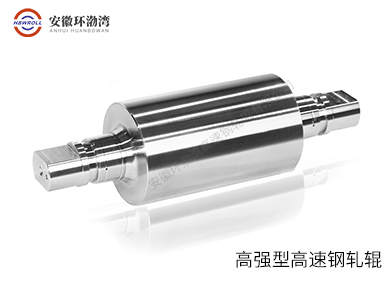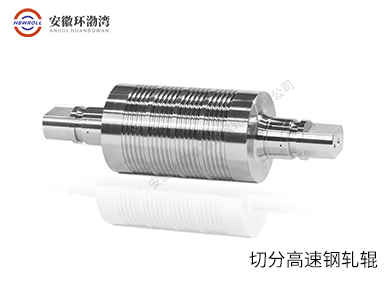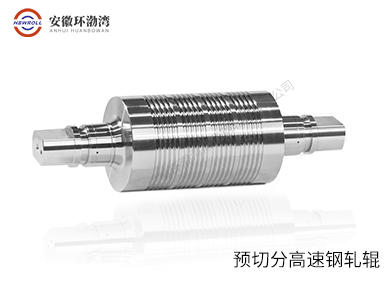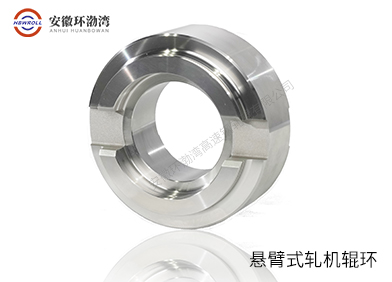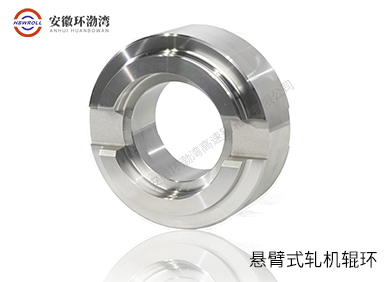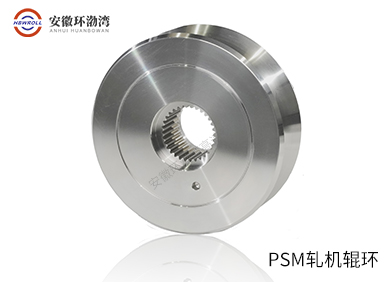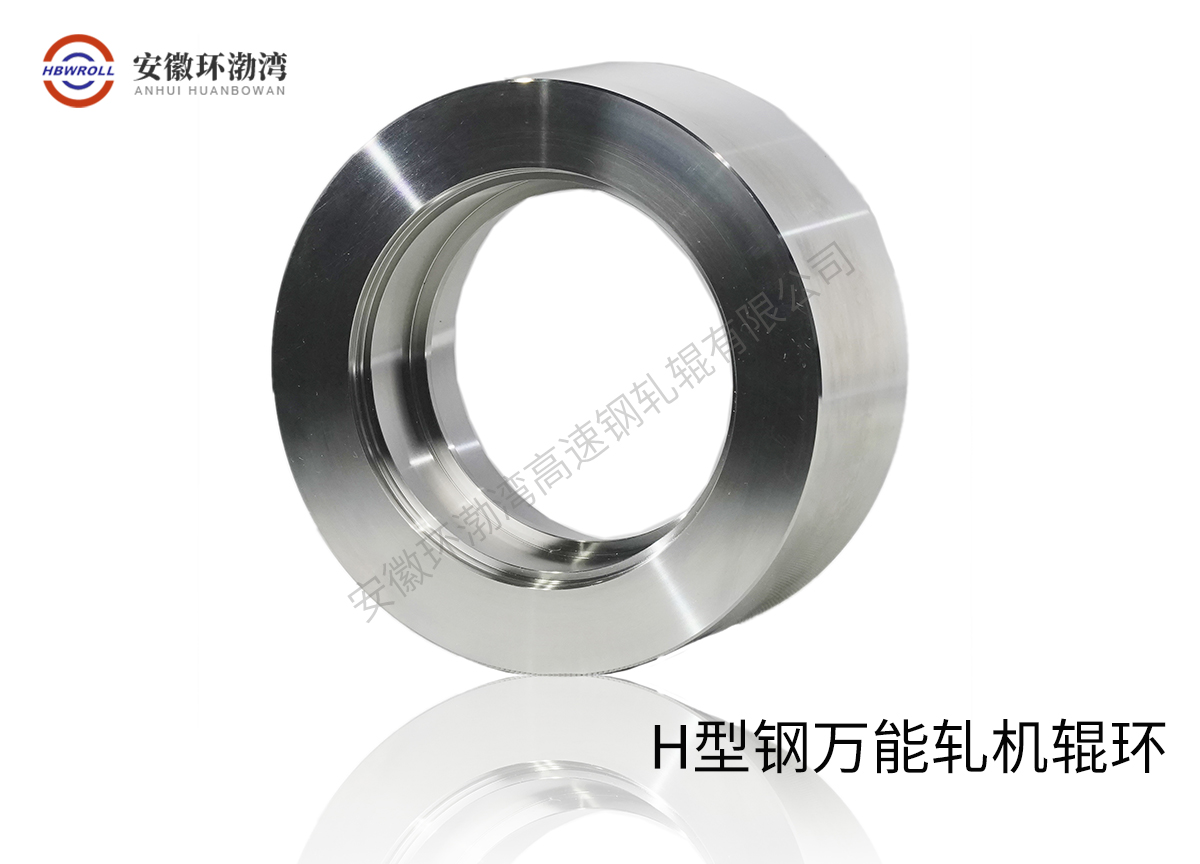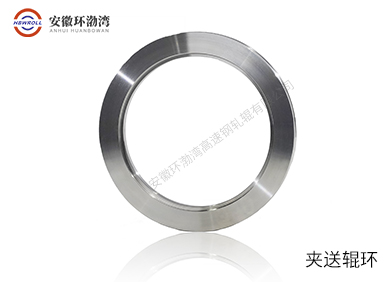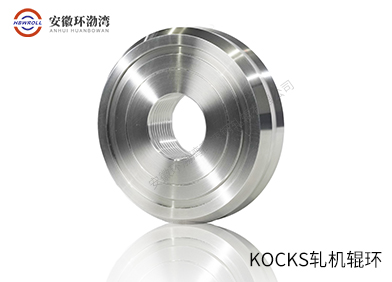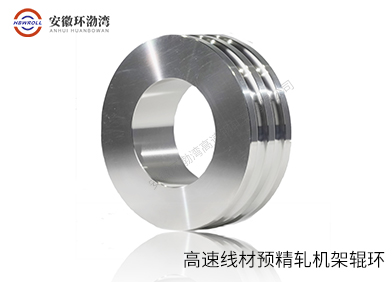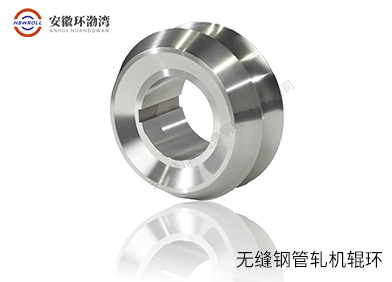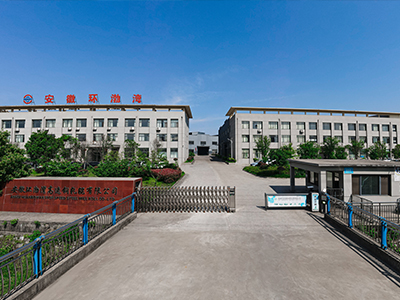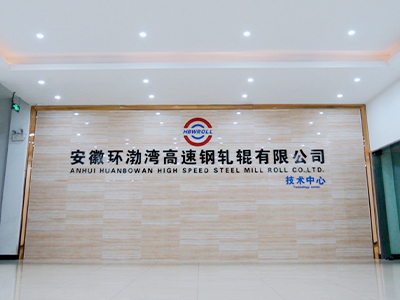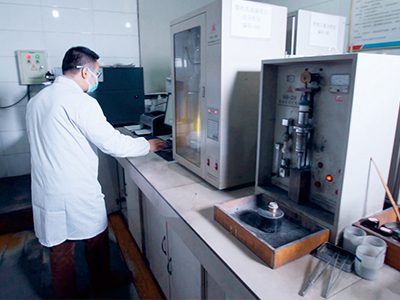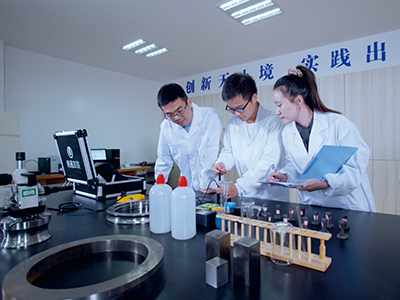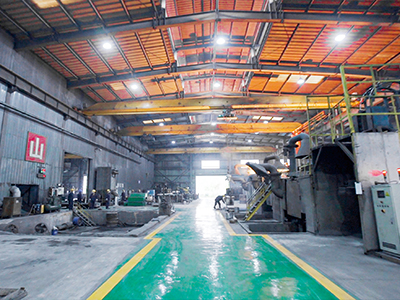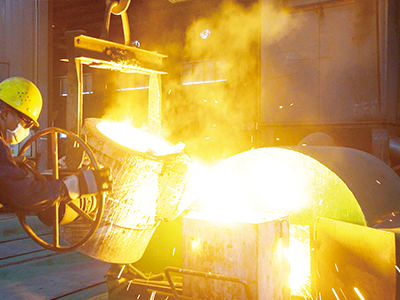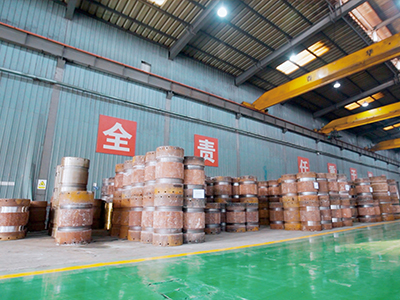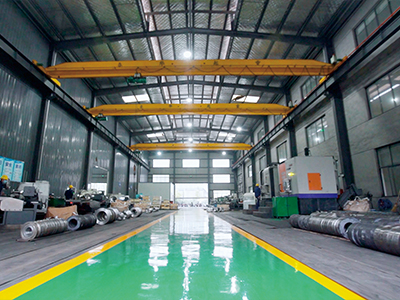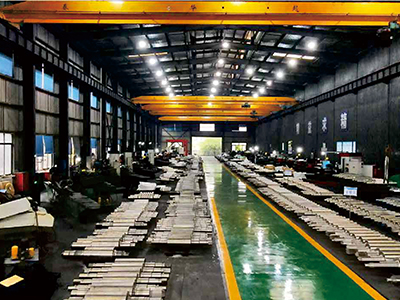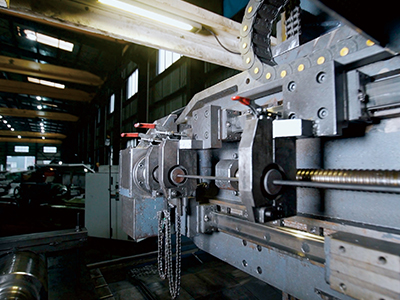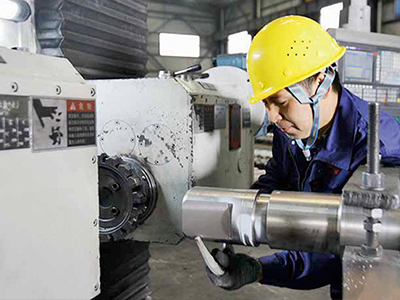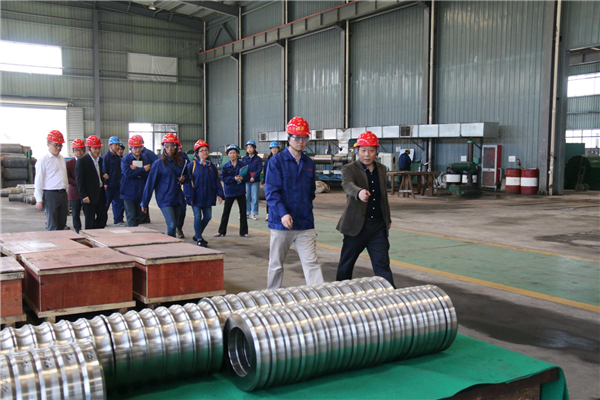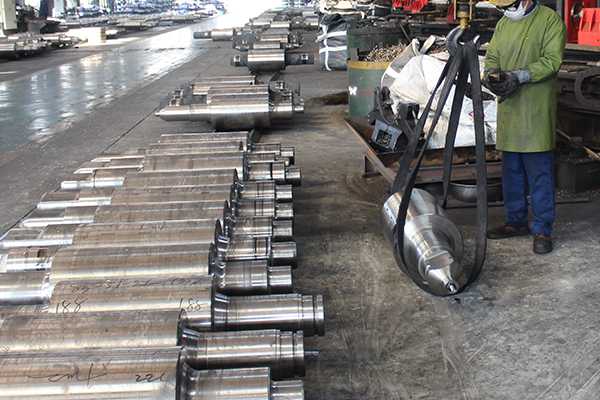-
18
year2007Established Professional high-speed steel rolls -
100
+stationVarious advanced inspection and processing equipment -
100
muCovers an area of 100 acres and employs more than 300 people -
200
+articleProducts used in dozens of domestic rolling production lines

-
PowerfulThe production base of the company covers an area of about 100 mu. In 2014, the company moved to tongling city, anhui province, the ancient copper capital of China, to expand the annual production capacity of high-performance high-speed steel products to 15,000 tons.
-
Strict process testingThe company has nearly 300 employees, including 15 senior technical personnel. It has more than 50 units of intermediate frequency furnace, centrifuge, heat treatment furnace and CNC machining equipment, and also has a physical and chemical analysis center equipped with various advanced inspection and testing equipment such as direct reading spectrometer. .
-
Perfect servicesWe sincerely hope that our products will make greater contribution to the improvement of the quality and economic benefits of the customers, and we are determined to become the customers of the steel industry's high quality and loyal partners.
-
Advanced technologyThe company has established long-term industry-university-research close cooperative relations with Beijing university of technology, university of science and technology Beijing, general institute of steel research and other institutions. Over the years, we have been committed to the r&d and innovation of high performance high speed steel production technology and materials. The company's production of high speed steel roll and roll ring has been the national patent.
-
 Powerful
Powerful -
Strict process testing

-
 Perfect services
Perfect services -
Advanced technology

-
022025-12
On April 10, 2018, a delegation from Gerdau metallurgy co., LTD., a large long-timber manufacturer in the us steel industry, visited our company to seek cooperation. Zhang fengchun, executive vice general manager of the company, accompanied general manager zhang zhenglong to receive the visitors. The two sides introduced their respective enterprises and discussed their future cooperation in detail. After the exchange meeting, accompanied by the company's leaders, they visited the company's high-speed steel roll production line and high-speed steel roll ring production line. The guests made a detailed inspection on the production capacity, product quality and quality control of our company. Through on-the-spot investigation, the guest of our company's products, production capacity, quality and performance are very satisfied, and said that through this investigation we can smoothly to become their qualified suppliers, production of high speed steel roll and high speed steel roll collar can fully qualified for their procurement catalogue, and will be in the United States, Brazil, Mexico and other enterprises to conduct a comprehensive promotion of the americas.
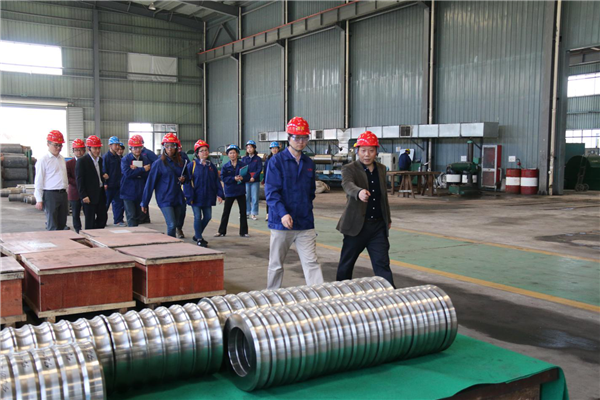
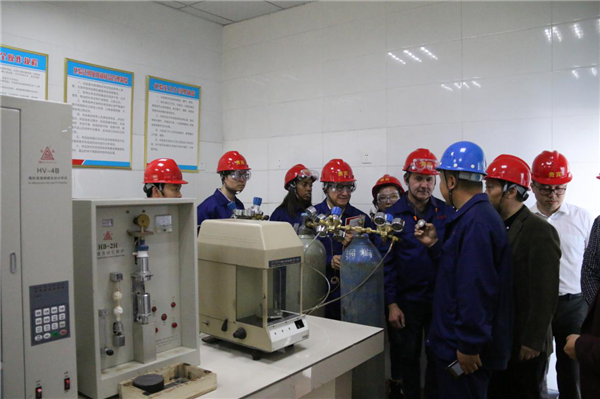
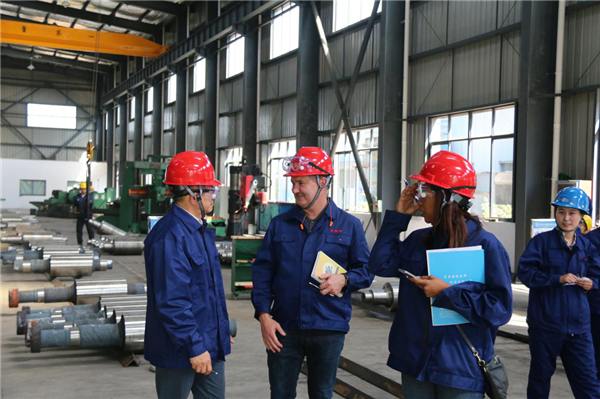
-
022025-12
Modern large cold strip rolling mill has realized headless and semi-headless rolling, the quality of the strip such as cold rolled strip surface flatness, thickness and other aspects of the requirements are getting higher and higher, the quality of the working roller is also getting higher and higher, whether it is for the surface hardness or the depth of the hardening layer requirements have been greatly improved. The research on the material of the cold rolling roller has been highly valued by the roller industry. From the initial bearing steel to the 2%Cr, 3%Cr and 5%Cr sections, the development is usually characterized by the constant increase of chromium content. In recent years, semi-high speed steel and high speed steel roll materials have appeared. The technicians of anhui huanbowan high speed steel roll co., LTD studied the quenching process of a newly developed material for forging high speed steel cold rolling workroller, and analyzed the influence of quenching temperature on the structure, grain size, residual austenite and hardness of high speed steel roll, which provided theoretical and experimental basis for the development of high-end cold rolling workroller.
The new type of forged high-speed steel roller material was smelted in a 50kg vacuum induction furnace, and then forged at high temperature into a blank of 100mm×100mm×250mm. After annealing at 700℃ for 4h, the original material for the test was obtained. The metallographic sample was 15mm×15mm×15mm cubes, which were heated at different temperatures by a box-type resistance furnace, and then air-cooled. Hardness was detected by 660RLD/T rockwell hardness tester, residual austenite was detected by X 'perProX X-ray diffractometer, microstructure and grain size were detected by Axiovert200MAT optical microscope, and carbide was observed by QUANTA400 scanning electron microscope.
New forging under high speed steel roll as-cast organization for bainite + ledeburite + a small amount of martensite + TiaoKuaiZhuang carbide + granular carbides, including large strip carbides for the solidification process of molten steel in a carbide precipitation, granular carbides for the cooling process from austenite precipitation of secondary carbides, the carbon content is 3.6%. Research shows that:
(1) quenching temperature affects the dissolution of carbide. With the increase of quenching temperature, the content of carbide in quenched microstructure of high-speed steel rolls gradually decreases. When the temperature rises to 1200℃, the granular carbide has basically dissolved, leaving only a small amount of bulk carbide.
(2) with the increase of quenching temperature, the grain of high-speed steel grows continuously. When the quenching temperature exceeds 1040℃, the grain growth trend is obvious. The quenching temperature exceeds 1160℃, the grain size reaches 4.5 grade, and the grain coarsening is very serious.
(3) with the increase of quenching temperature, the content of residual austenite increases continuously. When the quenching temperature is below 1080℃, the content of residual austenite increases gently and then sharply. When the quenching temperature reached 1160℃, the content of residual austenite increased to 38%. Therefore, considering the control of residual austenite content, the quenching temperature should be lower than 1080℃.
(4) when quenched at 1040℃, the hardness reaches the peak and can reach up to 64.1HRC. At this time, the matching of microstructure, grain size and residual austenite content of high-speed steel roll reaches the best.
(5) the quenching temperature of new forging high speed steel roller should be between 1020 ℃ and 1080℃.
-
022025-12
As a high-tech enterprise in Beijing, our company moved to tongling city, anhui province as a whole in 2014. After entering tongling city, our company continued to increase technical investment and innovation, and maintained the rapid development momentum of the company. On November 7, 2017, our company was rated as a "high-tech enterprise" by anhui provincial government.
